Signal Analysis: Projects
The detailed analysis of the available measuring data is often the key point in finding a solution to vibration concerns. For the signal analysis of vibration data - time-dependent and time-independent - we use methods like:
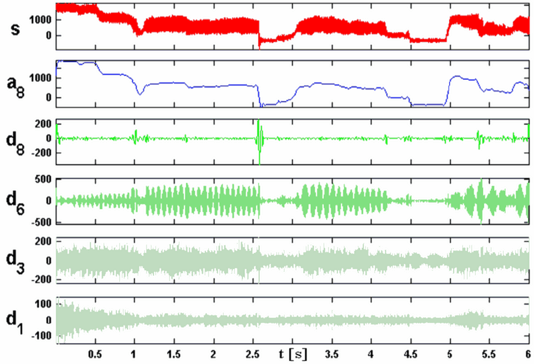
- spectral analysis: auto spectra, transfer functions, phase relation, coherence functions
- waterfall diagrams and sonograms in order to analyze the time-development or the speed-dependence of spectra
- order analysis, Campbell diagrams, order functions, Vold-Kalman filtering and re-sampling
- wavelet analysis
- deriving the speed from analogue or TTL signals; alternatively: use suitable vibration signals to extract the rotation speed-profile
- envelope analysis, Hilbert transformation
- cepstrum analysis
- displaying operating deflection shapes (ODS) for trace line models
- expanding measured shapes to FEA models
- low-pass, high-pass or band-pass filtering of measurement data
- orbit analysis of vibrating rotor systems
We also analyze non-stationary and strongly transient events such as gear changes or shock events.
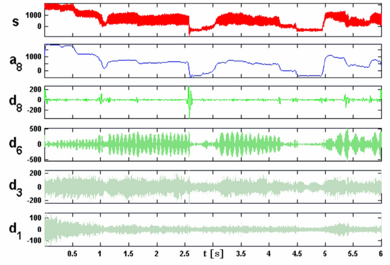
learn morePDF
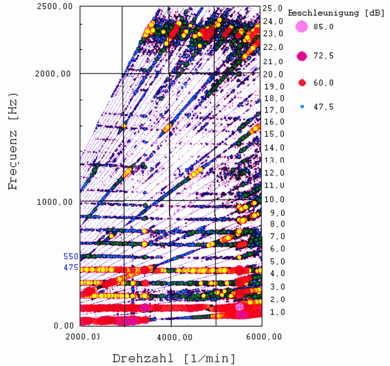
learn morePDF
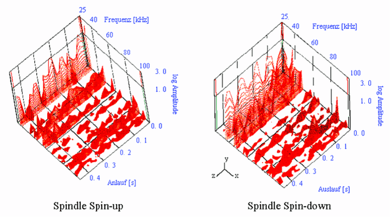
learn morePDF
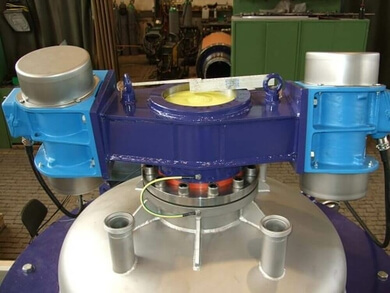
learn morePDF
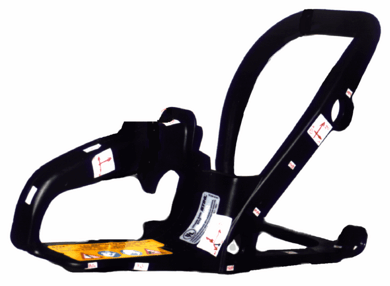
learn morePDF
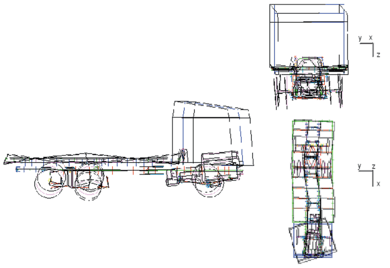
learn morePDF
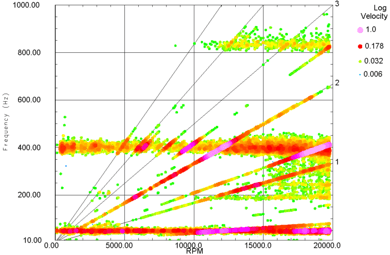
learn morePDF

